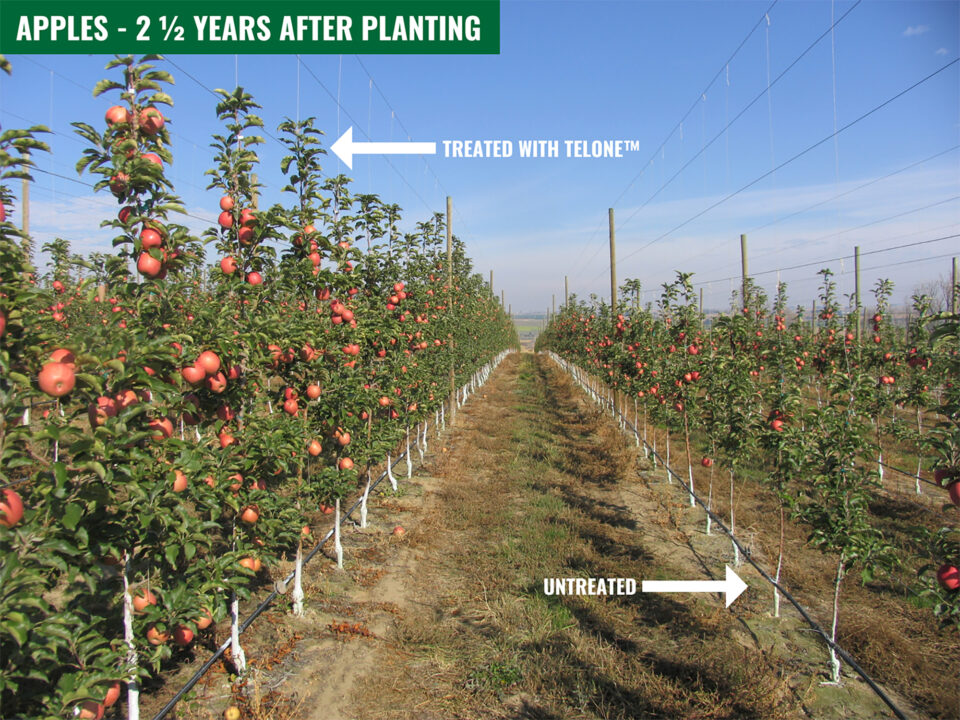Collar Cabbageworms Before They Cause Chaos in Your Crops

Larvae of imported cabbageworm feed widely on crucifers and commonly attack broccoli, Brussels sprouts, cabbage, cauliflower, collard, horseradish, kale, and kohlrabi. Photo by Ansel Oommen
The imported cabbageworm (Pieris rapae L.) occurs in temperate regions worldwide and was first detected in Canada in 1860. Imported cabbageworm can be found year-round in Florida.
P. rapae is easily confused with other common cabbage white butterflies such as the southern cabbageworm, the mustard white, and the southern white. Prior to introduction of the imported cabbageworm, the mustard white was the dominant cabbage butterfly in the north, and the southern cabbageworm was dominant in the south. Although they sometimes co-occur, both have been largely replaced by P. rapae.
Identification
The butterfly is medium sized –– white above with black at the tips of the forewings. The front wings are marked with black dots –– two in the central area of each forewing in the female and one in the males.
The larva is velvety green in appearance and bears five pairs of prolegs. There are five instars. All larval stages except the first instar bear a narrow yellow line running along the center of the back. This stripe is sometimes incomplete on the early instars. A broken yellow line, or series of yellow spots, also occurs on each side.
Cabbageworms feed on foliage and, if left unchecked, often will reduce mature plants to stems and large veins. Although they prefer leafy foliage, larvae may burrow into the heads of broccoli and cabbage, especially as they mature. Larvae often are difficult to dislodge and may be overlooked when cleaning produce. Larvae produce copious quantities of fecal material that contaminate and stain produce.
Survival and Spread
The complete life cycle of this insect requires three to six weeks, depending on weather. The number of generations reported annually is two to three in Canada and six to eight in the south. The female produces 300 to 400 eggs.
Eggs are laid singly, usually on the lower surface of outer leaves. The egg is initially pale white in color but eventually turns yellowish.
Pupation normally occurs on the host plant, but cabbageworm may pupate in nearby debris. The chrysalis varies in color –– usually yellow, gray, green, and speckled brown. A sharply angled, keel-like projection is evident dorsally on the thorax and on each side of the abdomen.
Management Methods
The presence of butterflies, which are highly visible, suggests future problems. Scout weekly to twice weekly to determine if a 0.3 larvae per plant threshold (that’s three larvae per 10 plants or 30 larvae per 100 plants) has been reached and, if so, treat with an effective insecticide spray.
The imported cabbageworm is subject to numerous predators, parasitoids, and diseases. Generally, insecticides applied for the control of other Lepidoptera results in adequate control of this pest. Consult UF/IFAS recommendations of currently labeled insecticides for worm pests in Florida.










